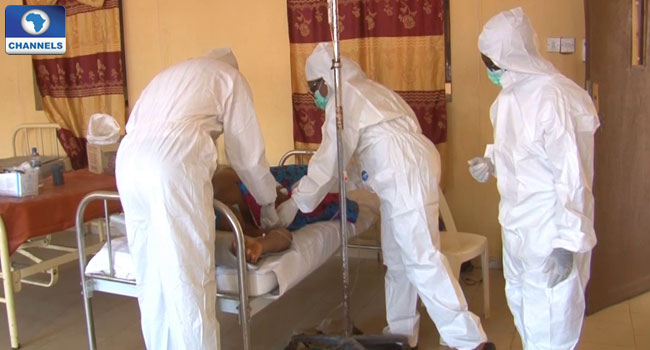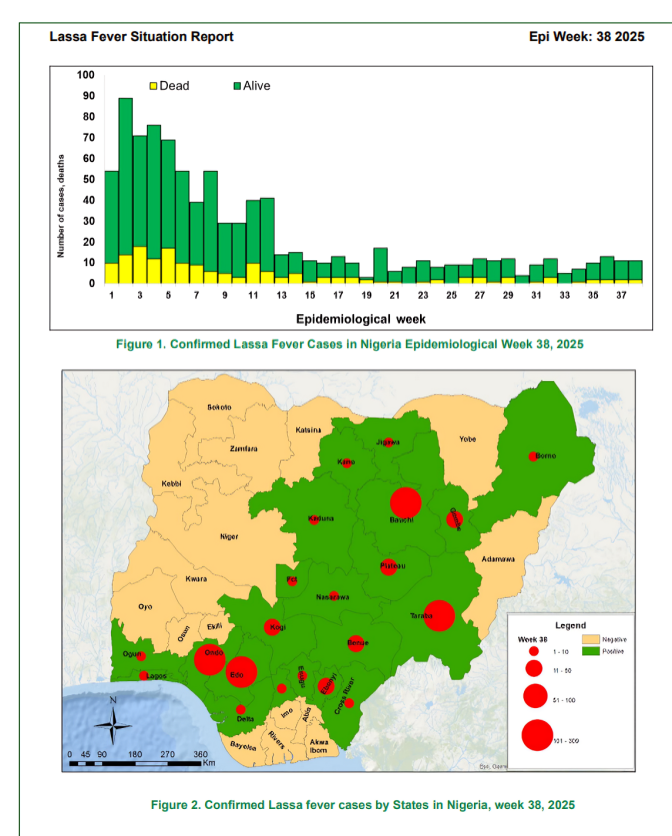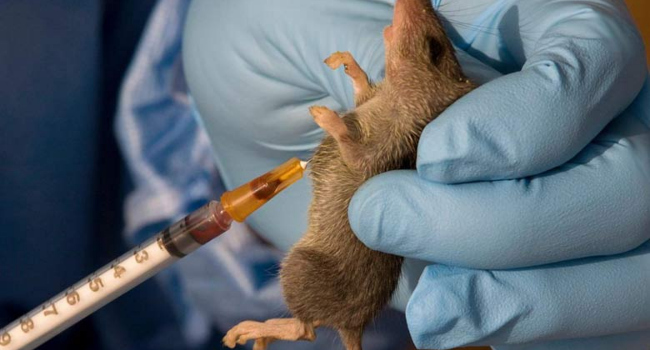
Ondo, Edo, Taraba, and Bauchi states continue to be the epicentres of the outbreak, collectively accounting for 67 per cent of all confirmed cases.
According to reports from the Nigeria Centre for Disease Control and Prevention (NCDC), Lassa fever has caused 168 deaths in 21 states in 2025.
The agency’s situation report for epidemiological week 38 revealed 4,543 suspected cases, of which 897 were confirmed positive, resulting in a case fatality rate of 18.7 per cent. The NCDC reported that four states – Ondo, Edo, Taraba, and Bauchi – remain at the centre of the outbreak, accounting for 67 per cent of confirmed cases, with Ondo recording the highest number, followed by Edo and Bauchi.
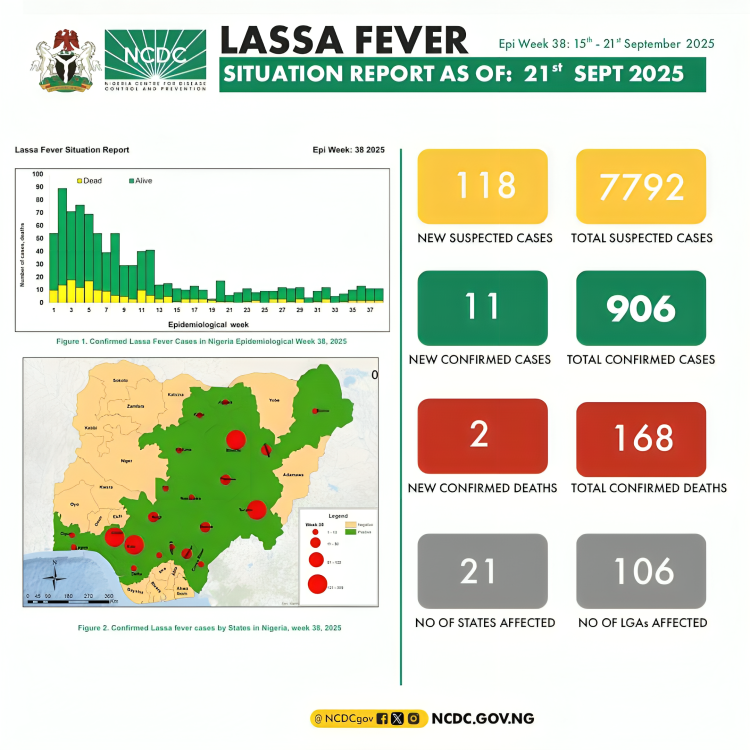
Other affected states comprise Ebonyi, Benue, Kogi, Gombe, Plateau, Kaduna, Nasarawa, Enugu, Delta, Anambra, Rivers, Borno, Oyo, Ogun, the Federal Capital Territory, and Lagos.
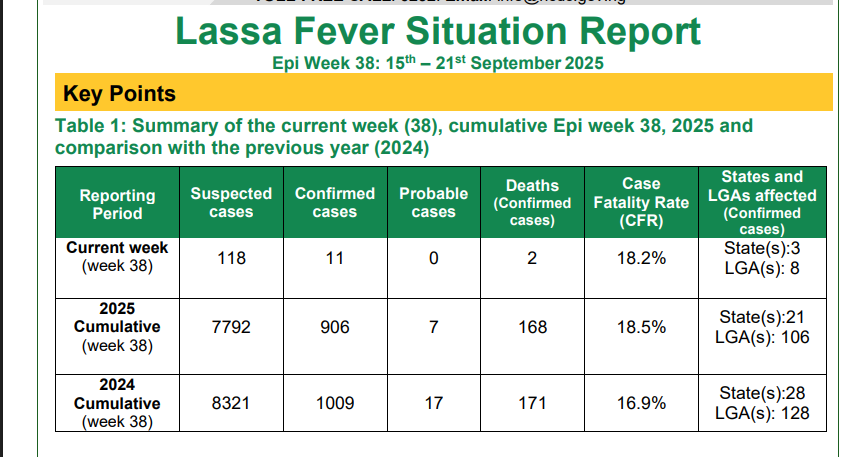
According to the report, most confirmed cases were found among people aged 21 to 40, impacting both men and women.
According to the NCDC, individuals in this age group are most susceptible to Lassa fever due to their heightened social and economic activity, thereby increasing their exposure to the rodent-borne disease.
Lassa fever is an acute viral haemorrhagic illness transmitted to humans through contact with food or household items contaminated by the urine or faeces of infected rats.
Human-to-human transmission is also possible, particularly in healthcare settings lacking proper infection prevention protocols. Cases typically peak during the dry season, from December to April, but infections have persisted throughout the year.
The NCDC has warned that without enhanced community awareness and control measures, the disease will continue to pose a persistent public health challenge.
Despite efforts, Nigeria’s current case fatality rate of 18.7 per cent remains above the national target of below 10 per cent. Some states, such as Taraba and Bauchi, recorded higher fatality rates compared to the national average.
The agency emphasized that early presentation at treatment centers significantly improves chances of survival, as ribavirin, an antiviral medicine, is more effective when administered promptly.
The NCDC maintains its coordination of response efforts, including enhanced surveillance, increased diagnostic capacity, and support for treatment centres in high-burden states.
Community sensitisation initiatives are ongoing to promote preventive practices such as proper food storage, environmental hygiene, and avoiding self-medication.
The agency is also advocating for enhanced collaboration amongst states, communities, and healthcare workers to curb the spread.
Citizens are urged to adopt secure food storage practices, cover household waste, and reduce contact with rodents, which are primary carriers of the virus.
Although progress has been made in detection and treatment, the NCDC warns that Nigeria must remain vigilant, as Lassa fever continues to result in fatalities across multiple states.


